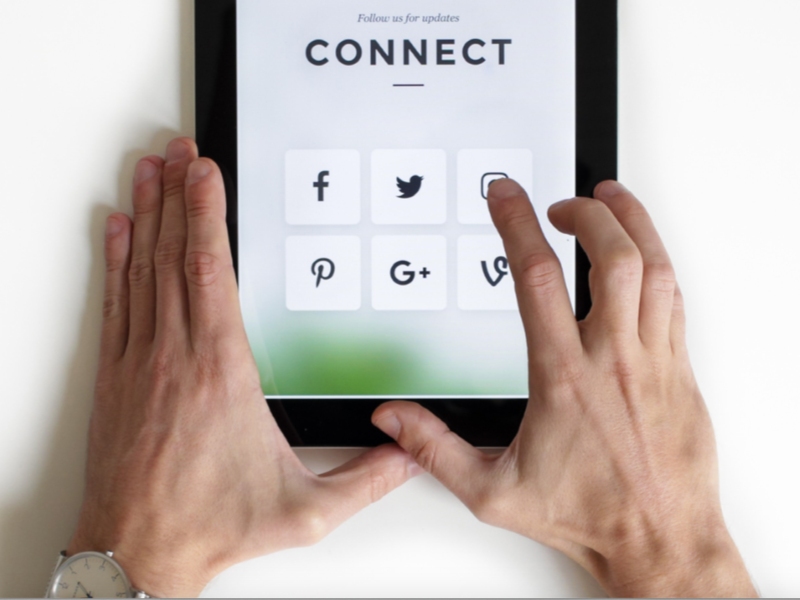Diana Marszalek 21 Apr 2020 // 1:00PM GMT

NEW YORK — The Covid-19 pandemic has upending the way brands communicate with stakeholders, putting renewed — and possibly long-lasting — emphasis on fundamentals such as tact, tone and the value of traditional news sources, according to a new report from Red Havas.
“Companies’ actions right now and their behavior in their communications internally and externally is going to leave its mark for many, many (years),” James Wright, global CEO of Red Havas and global chairman of Havas PR Global Collective, told PRovoke Media. “It’s very important that they strike the right tone and provide the right kind of approach.”
Based on analysis of trends and data from around the world, the report identifies five key trends that impacting brands’ communications with consumers, as well as employees, and how companies can most effectively reach their audiences during the pandemic.
The trends are:
-
Capturing Captive Attention: Since the news media has become inundated with COVID-19 coverage, marketers’ approach to earning the attention of both media and consumers has been flipped on its head. Now, most attempts to engage audiences are filtered through a pandemic lens and both the delivery channel and the messages themselves have had to adapt accordingly. At the same time, brands and newsrooms are under intense pressure to deliver accurate information in a quickly changing environment and to meet the increased expectations of a 24-hour news cycle focused solely on one topic, while navigating financial challenges themselves.
-
Conscious Communication: Brands have had to take a real-time crash course on tonality and tact, and what does and doesn’t resonate with different consumers in this uncharted crisis. The best brands have managed to deftly strike the balance between relevant and helpful, whilst others quickly shifted strategy. The worst have come off as tone-deaf and out-of-touch.
-
Back to Social Basics: Brands are getting back to basics on social media, and it’s a good look. In most cases, having trimmed away content fat, what’s left is showing consumers who brands truly are and what they can offer beyond their product or service. Consumers have also been reminded of the original purpose of social media—and perhaps of life: authentic human connection through shared conversation and connection.
-
Influence Innovates: During normal times, it’s an influencer’s job to showcase their fabulous fitness regime, curated living space, “perfect” family or big travel adventures. But COVID-19 has changed everything, and such posts today are not just out of touch; they’re also dangerous and costly. Influencers and brands are now innovating their tried and tested tactics to create new engagements that are more meaningful in this new reality.
-
The Rise of “Phyrtual Reality”: The global pandemic has made our “virtual” lives indistinguishable from our “physical” lives. Workout classes, concerts, birthday parties, baby showers, even proms and weddings, are all being made possible by a WiFi connection. We are leaning on—and into—technology to connect us more deeply to friends and family and to endear us to brands that are showing us where their heart lies during tough times.
Wright said the brands that acted quickly by adapting their communications, so that they speak to those trends and the consumer sentiment that is fueling them, have been most successful in reaching stakeholders so far, largely through messaging that is empathetic and informative.
Not all companies, however, have been as intuitive, and have drawn backlash for marketing moves seen as offensive. McDonald's Brazil, for instance, was widely criticized for separating its golden arches on social media to encourage social distancing — a move that was slammed as opportunistic, and ultimately reversed.
“Where brands are getting it right is where they acknowledged the issue early on and understanding what the audience is going through, how it's impacting things and taking initiatives themselves to (help the situation),” Wright said.
“Brands that have gotten it right are the ones that haven’t gone silent. That’s the biggest thing we’ve seen,” he said. “Going silent is the worst thing you can do. People are looking for information.”
Davitha Ghiassi, Red Havas’ executive VP of social and integration, said it’s incumbent on brands, and the influencers they work with, to apply those lessons learned to social media as well, which in the pandemic is seeing a return to what it started out as — an avenue for connections and conversation around more than promoting consumption.
“Social media was all about people and adding value and a two-way street,” Ghiassi said. “It’s going back to basics.”
The report's conclusions are based on the work of Red Havas' global strategy and insights team, which analyzed industry reports and data from around the world, as well as the group's own insights. The results of a global survey of employees across APAC, UK and the US were also used in the study.


































.jpg)

















